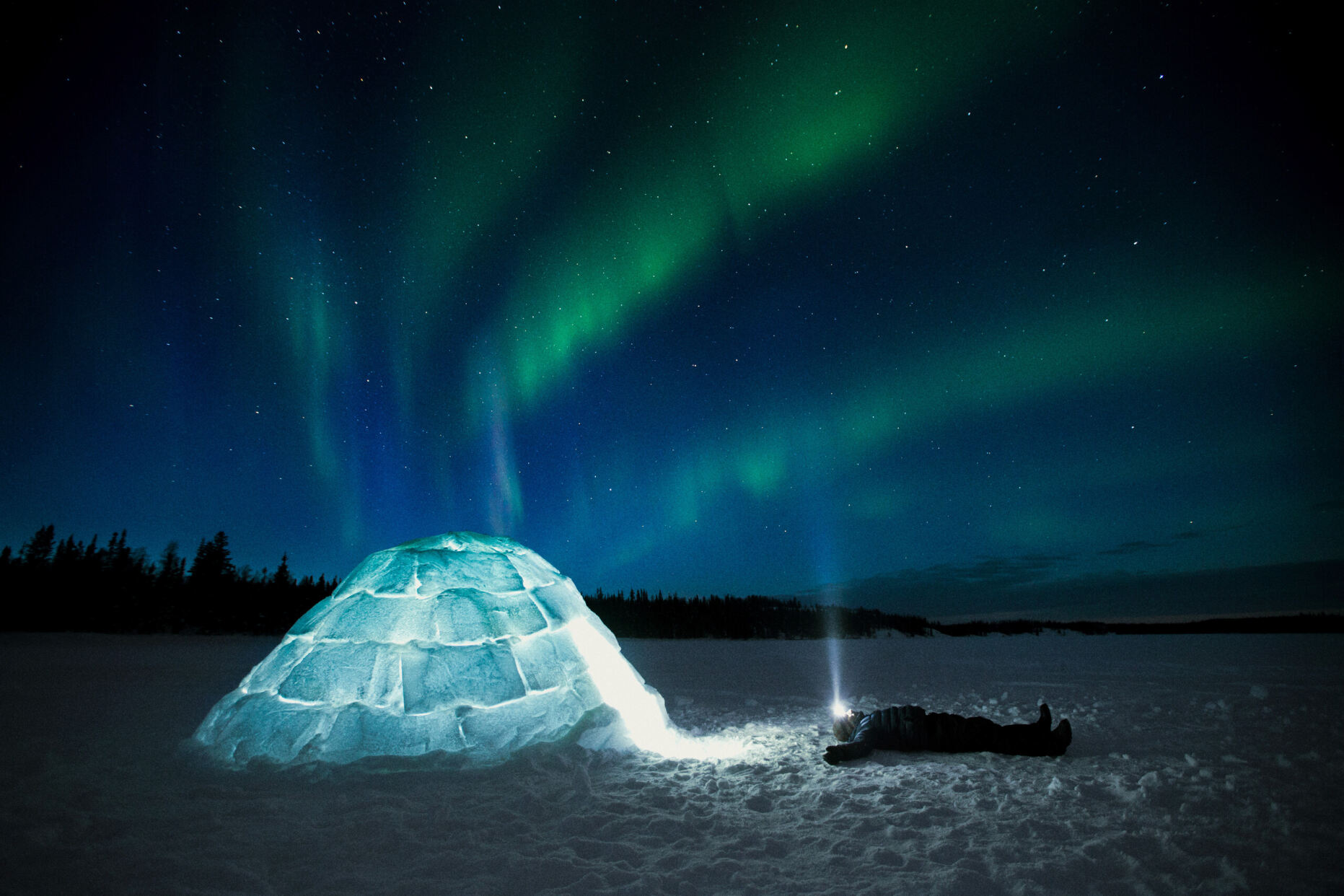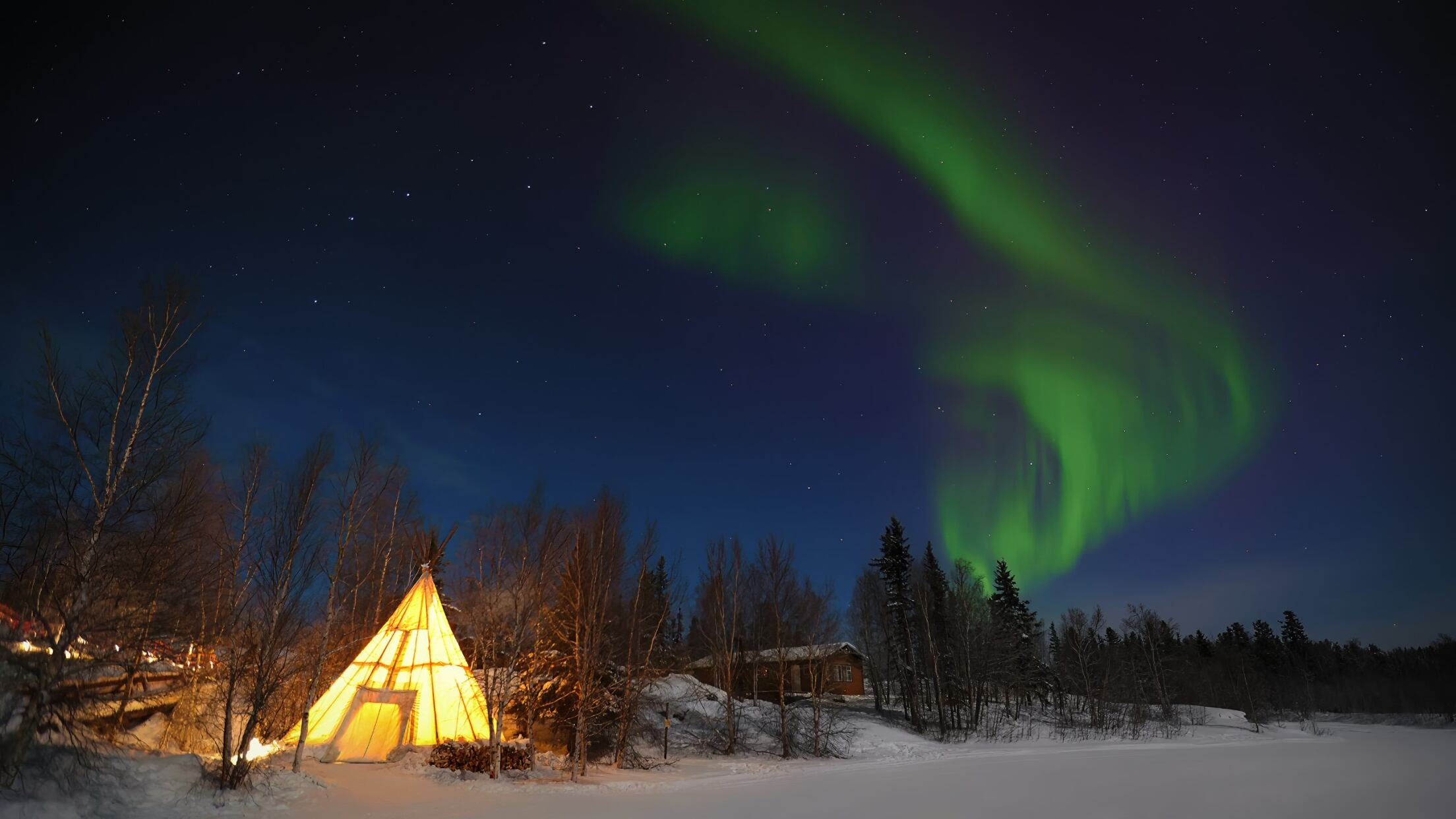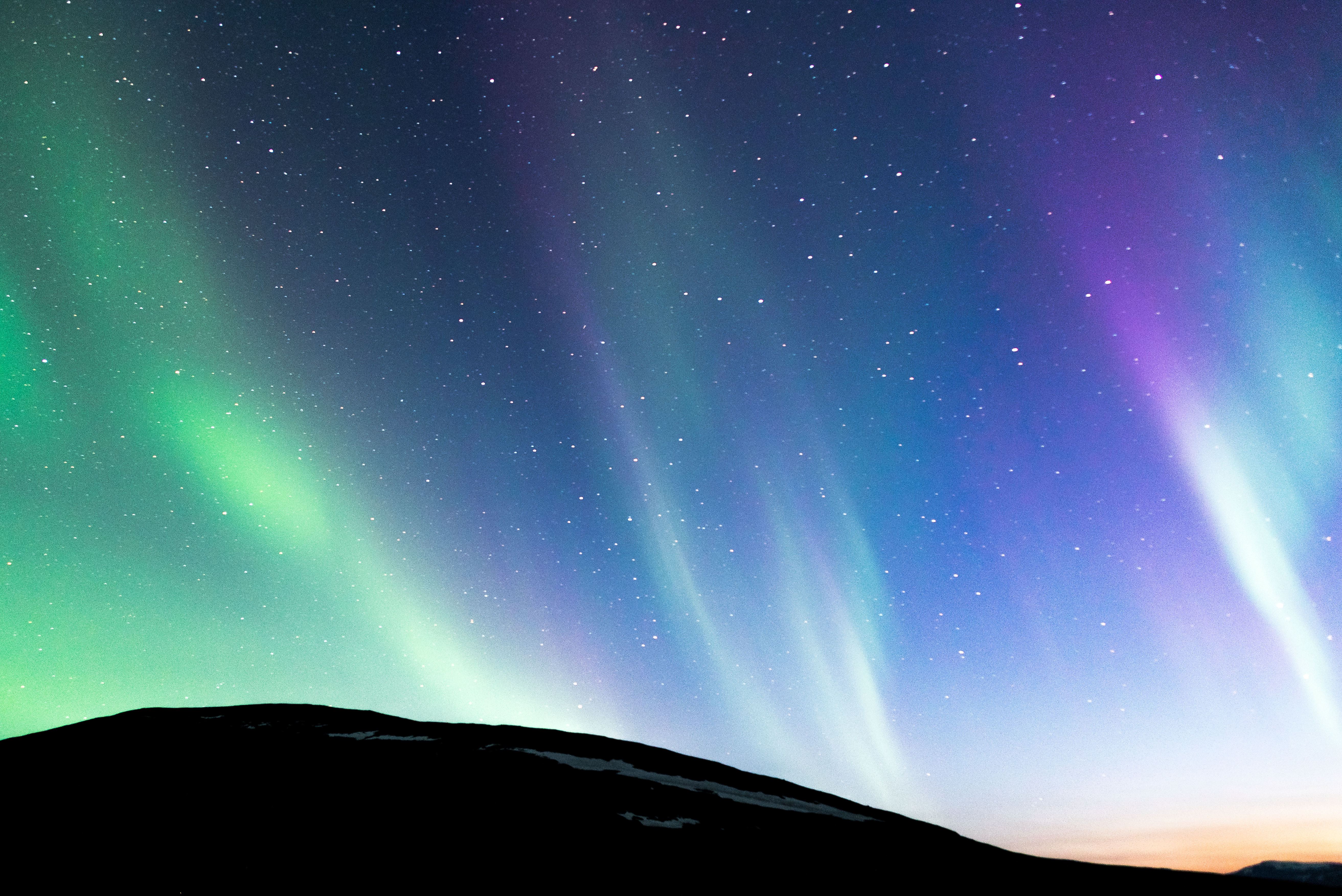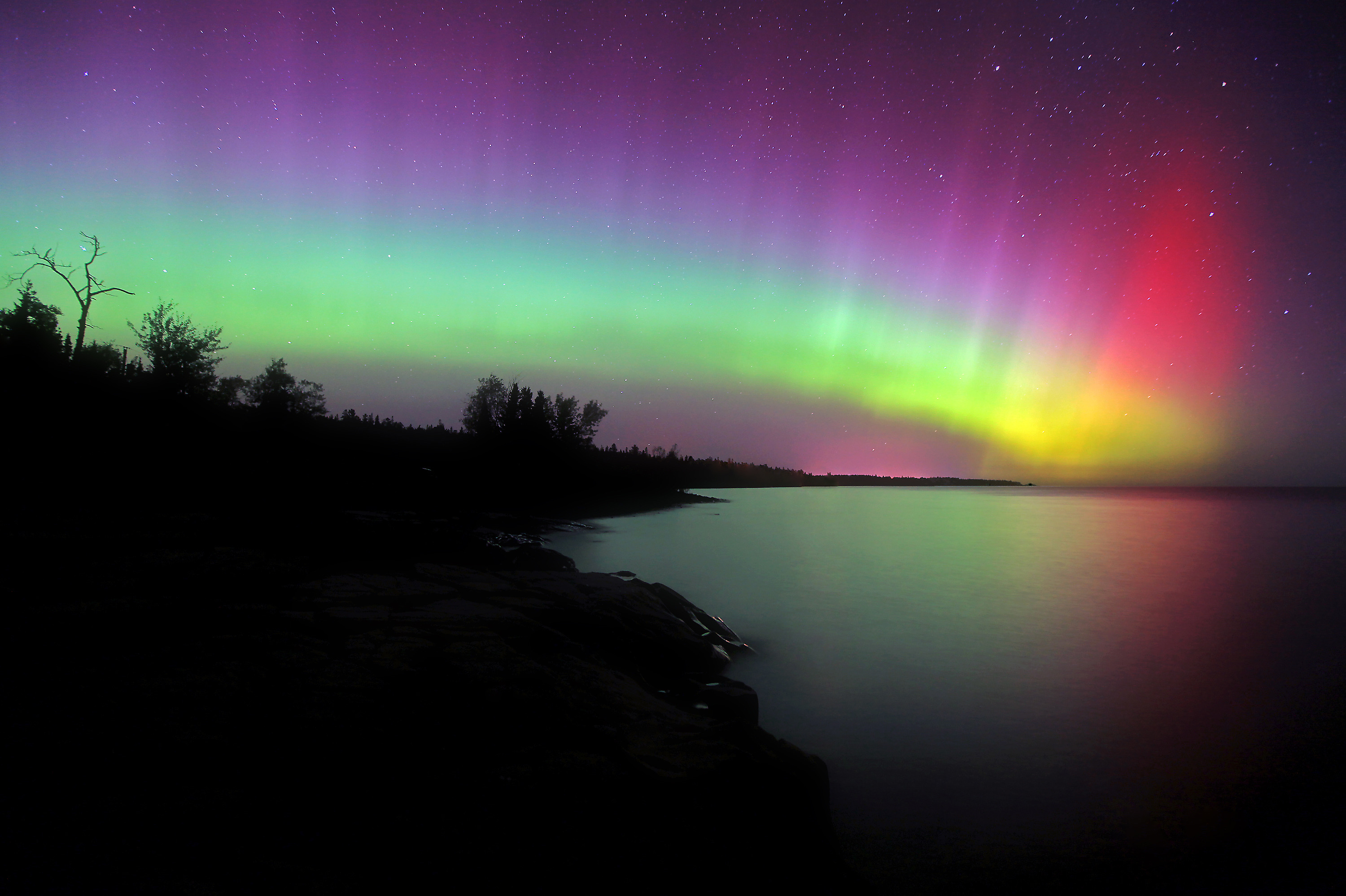If you’ve been dreaming of watching the Aurora Borealis do her thing and dance across the sky — this is your year! Expedia surveyed travelers and found that chasing the Northern Lights is the most sought-after travel experience of the year, with nearly half of travelers dreaming of catching nature’s shimmering technicolored light display this year — even more so than other bucket list experiences such as seeing Egypt’s Pyramids or walking along The Great Wall of China.
So why 2024 of all years? Where should you see the Aurora Borealis? Read on for the details!
Why 2024 Is For Aurora Chasing

2024 is gearing up to be the best year for majestic Aurora Borealis viewings across the Northern Hemisphere in over a decade. In the path of the Northern Lights, displays will be more frequent, longer, and brighter as we approach the solar maximum period at the end of solar cycle 25 between now and early 2025.
Basically, the Northern Lights follow an 11-year cycle of solar activity, with the middle period providing the most intense activity — which is what we’re witnessing now. The current cycle began in 2019 entering the solar maximum period in 2023 which should peak before 2026. A few years from now, the show will be over (for now) as there will be less activity from the sun.
Where To See The Northern Lights
To try your luck at catching the sulfurous green sheen ripple across the expanse of the night sky, you need to be in the Auroral Oval. It’s best to book your trip around the new moon for optimal dark skies — avoid the full moon and be sure to check weather conditions for the time of year you’re visiting.
Depending on the destination, the “aurora season” is generally from August to April. Winter is the best time of year for Aurora hunting as skies are typically clearer at night — but it will be frigid so be sure to pack cold-weather gear or rent it at the destination. Avoid places with light pollution which will reduce your chances of seeing the ribbons of light across the night sky.
Canada

Fortunately, those of us in North America don’t have to venture far to see the lights. While they can be seen from Norway and Finland — Yellowknife, Canada is the best place to watch the shape-shifting astronomical phenomenon in North America. I visited in January for three nights and got to see nature’s phenomenal performance two nights in a row. The Aurora, which appeared as a faint gray-green color to the naked eye, stretched across the sky like a wispy rainbow.
The Yukon is known for the shape-shifting Aurora Borealis across its vast expanses. Get front-row seats for the world’s most spectacular light show in Whitehorse or Dawson City. Churchill, Manitoba boasts plenty of iconic aurora sightings and is also an epic destination for wildlife as it’s home to polar bears, wolves, and Beluga whales.
Europe

Iceland is rich with incredible natural landscapes in the polar regions far away from cities to photograph with the Northern Lights above them. Before heading out after dark, check Iceland’s meteorological office’s aurora forecasts. The most impressive natural light shows are from September to March.
Lapland covers ground in Norway, Sweden, Finland, and Russia and is a hot spot for its display of Auroras as it’s in the Arctic Circle and tends to have 200 nights of visible light. Abisko National Park, Kiruna, and Luleå are the best places in Sweden for the light show. On the Finnish side, Utsjoki in the far north has the most displays.
United States

No passport? No problem. Americans can enjoy nature’s light show in the Northern states.
Voyageurs National Park in Minnesota is a certified International Dark Sky Park and a hotbed of brilliant green waves of light. The State’s Boundary Waters is recognized as an International Dark Sky Sanctuary and boasts prime views of the Aurora Borealis.
Given that Alaska is the most northern part of the States, the lights can be seen from late August through mid-April with Fairbanks being a popular viewing spot. The further north you go in Alaska, the more likely you are to catch the vibrant colors in the sky.
Maine has some of the clearest night skies in the country and has a few prime Northern Lights viewing spots including Aroostook National Wildlife Refuge on the border of Canada, where you can camp overnight and Schoodic Lake and watch the aurora’s breathtaking colors reflect on the lake’s surface.







